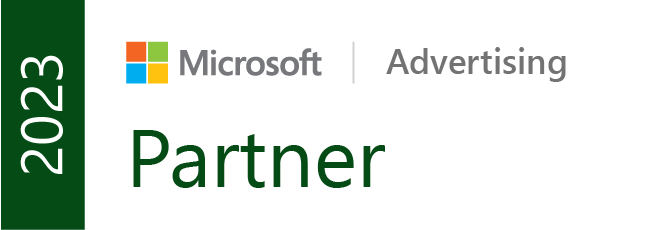It feels like just yesterday that the world shut down at the beginning of the COVID-19 pandemic. While that initial panic is now three years behind us, we’re just beginning to understand some of the long-term impacts and implications for the healthcare marketplace.
As the dust settles, healthcare marketers are asking important questions:
- What changes were temporary reactions to extraordinary events?
- What are the key changes that will forever alter the landscape of healthcare and patient care?
While the jury is still out in many areas, one thing is clear: Patient expectations are radically different than they were 36 months ago, particularly in two key areas: access and reimbursement.
In this new environment, the most successful services, products and procedures are the ones that understand that access plays an increasingly critical role in driving adoption, adherence and outcomes. As a result, many companies are paying greater attention to a previously overlooked aspect of product launch — ensuring access and fair reimbursement.
There has never been a time where access hasn’t mattered. However, in the past, it was not ranked as high on many strategic imperative lists as it is in the current environment. Today, perspective around payors has become more top-of-mind for brand marketers.
U.S. surgeons are seeing reimbursements erode rapidly in many product categories. For example, cataract surgeries and minimally-invasive glaucoma surgery (MIGS) are just two procedure areas where RVUs are shifting and causing a downward adjustment for what used to be a more lucrative visit. And in markets outside the U.S., the path to a formulary is circuitous at best.
For many clients (both in and out of the ophthalmic space), we are seeing greater emphasis on proactively managing the access/reimbursement conversation. Although all medical professionals are focused first and foremost on patient outcomes, the business of delivering care must make sense economically for all parties. Developing a brand narrative that considers the access story is more crucial than ever.
In fact, in a recent MM+M survey, executive leadership notes that resource allocation toward communicating with the payor audience remains flat YoY. Yet, 54% also acknowledge that pressure from payor and managed care organizations keeps them up at night.
Unfortunately, more often than not, companies continue to struggle with finding ways to improve patient access. This is due to a combination of internal and external factors. There are certainly complex macroeconomic influences that govern this dynamic. However, in order to achieve the outcomes our drugs and devices are designed to provide, any solid omnichannel plan must consider the way we communicate value along all points of the continuum.
How can you adjust your marketing strategy to strengthen your access messaging? H.L. Mencken famously said, “For every complex problem there is an answer that is clear, simple, and wrong.” So at the risk of falling into that trap, allow us to share some fundamental tips and insights around strengthening your access story:
- Re-examine the data. If you’re in the later stages of product development, or even in post-launch, take a fresh look at the data the brand has generated to date. The fundamentals of strong clinical evidence remain table stakes — not just for product approval and HCP messaging, but for supporting an access story, too. Create focused messaging that communicates the value your data represents for payors.
- Start with a holistic data plan. If launch is several years away, consider developing a pre-launch plan that delivers compliant, valid evidence for the entire value chain, rooted in a comprehensive patient outcomes story. In the post-Covid era, we have observed that a tighter alignment in this area can lead to better results for everyone.
- Diversify the story across multiple audiences. Don’t rely on strength in numbers. A healthy mix of all stakeholders — including patients, providers and payers — is critical to lifting all efforts. Message delivery cannot be one-size-fits-all; proactively communicate with each audience in a way that may influence the others to act.
Ultimately, there is power in proving that your brand not only offers a great solution, but a great solution for that individual patient that also makes sense to all stakeholders. The future of healthcare relies on the inter-related dynamics of payor, provider and patient. In an age of confident and empowered patients, the companies that understand these motivations and take action on them will be the winners.
If you are looking for a partner that can help you harness your patient access strategy, talk to Schaefer Advertising. Our team of experienced professionals brings a wealth of knowledge, expertise, and creativity to the table. To discuss the challenges and opportunities that lie ahead for your company and its products, contact us today to schedule a consultation.









